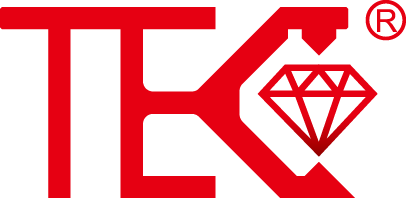HowtoSelectaMagnetostrictiveLevelProbeforYourTank
Understanding Magnetostrictive Technology for Level Measurement
Magnetostrictive level probes represent the gold standard in precision tank level measurement. These sophisticated devices operate on a simple yet brilliant principle: they measure the interaction between a magnetic float and a torsion wave generated in a wire. When selecting your probe, understanding this core technology is crucial. The probe consists of a sensing rod containing a magnetostrictive wire, a float with permanent magnets, and an electronics module. As the float moves with liquid level changes, it creates a magnetic field that interacts with the current pulse in the wire. This interaction generates a torsion wave whose return time is measured to determine exact float position. This non-contact measurement method ensures exceptional reliability and eliminates mechanical wear, making it ideal for demanding industrial applications where accuracy and longevity are paramount.
Determining Your Accuracy and Resolution Requirements
The precision needs of your application should drive your probe selection process. Magnetostrictive probes typically offer accuracy ranging from ±0.5mm to ±1.0mm, with resolution down to 0.1mm for high-end models. Consider your process requirements carefully - do you need basic inventory control or precise process management? For chemical dosing applications, you might require the highest accuracy available, while storage tanks may tolerate slightly wider tolerances. Remember that higher accuracy often comes with increased cost, so balance your technical requirements with budget constraints. Additionally, consider temperature effects on accuracy and look for probes with built-in temperature compensation to maintain precision across your operating range.
Assessing Process Temperature and Pressure Conditions
Your operating environment dictates the construction and performance specifications of your magnetostrictive probe. Standard probes typically handle temperatures from -40°C to 125°C, while high-temperature variants can withstand up to 200°C or more. Pressure ratings generally range from vacuum conditions up to 345 bar for high-pressure applications. Before selection, document your maximum and minimum operating temperatures and pressures, including any potential process upsets that might exceed normal ranges. Consider thermal expansion effects on mounting hardware and probe length. For applications with rapid temperature cycling, specify probes designed to withstand thermal shock without compromising measurement integrity or structural reliability.
Choosing the Right Mounting Configuration
Installation methodology significantly impacts performance and maintenance accessibility. Top-mounted configurations are most common, offering easy access for calibration and service without emptying the tank. Side-mounted options work well for limited headroom applications but may require special consideration for float movement range. Flexible probes suit tanks with obstructions or irregular shapes, while rigid probes provide maximum stability in turbulent conditions. Evaluate your tank's connection options, available space, and whether the probe needs to be removable during operation. Consider the orientation requirements - most probes operate vertically, but some accept slight deviations. Ensure your chosen mounting style permits proper float movement throughout the entire measurement range.
Selecting Appropriate Materials for Your Application
Material compatibility ensures long-term reliability in your specific medium. The probe stem typically comes in stainless steel (304 or 316L), Hastelloy, or other specialty alloys. The float material must withstand both the measured liquid and any vapor space conditions. Common float materials include stainless steel for general applications, PTFE-coated for aggressive chemicals, and specialty plastics for specific media. The O-rings and seals, usually Viton, EPDM, or Kalrez, must resist chemical attack and maintain integrity at your operating temperatures. For hygienic applications, specify polished surfaces and crevice-free designs meeting FDA or USDA requirements. Always verify material compatibility charts against your exact process media, including cleaning agents that might contact the probe.
Evaluating Output Signals and Communication Protocols
Modern magnetostrictive probes offer diverse output options to interface with your control system. Analog outputs (4-20mA) remain industry standard for simple integration, while digital protocols like HART, Profibus PA, Foundation Fieldbus, or Modbus provide advanced diagnostics and configuration capabilities. Consider whether you need point-level alarms in addition to continuous measurement - many probes offer multiple switch points. For IoT applications, look for probes with native digital connectivity. Evaluate your existing infrastructure and future expansion plans when selecting communication protocols. Also consider the available power supply at installation location and whether you need intrinsic safety certifications for hazardous areas.
Considering Probe Length and Float Selection
Proper dimensional specification ensures accurate measurement across the entire tank level range. Measure your tank's exact height from the mounting connection to the bottom, accounting for any sumps or elevated outlets. The probe should extend close to the bottom without touching to prevent damage from tank bottom sediments. For tall tanks, consider probe stiffness and potential vibration issues. Float selection depends on the liquid's specific gravity - the float must have positive buoyancy throughout the measurement range while maintaining proper magnetic coupling. For interface level applications (liquid-liquid separation), special floats can detect the boundary between immiscible liquids. Ensure the float diameter clears all internal tank obstructions and allows sufficient movement space.
Accounting for Special Application Requirements
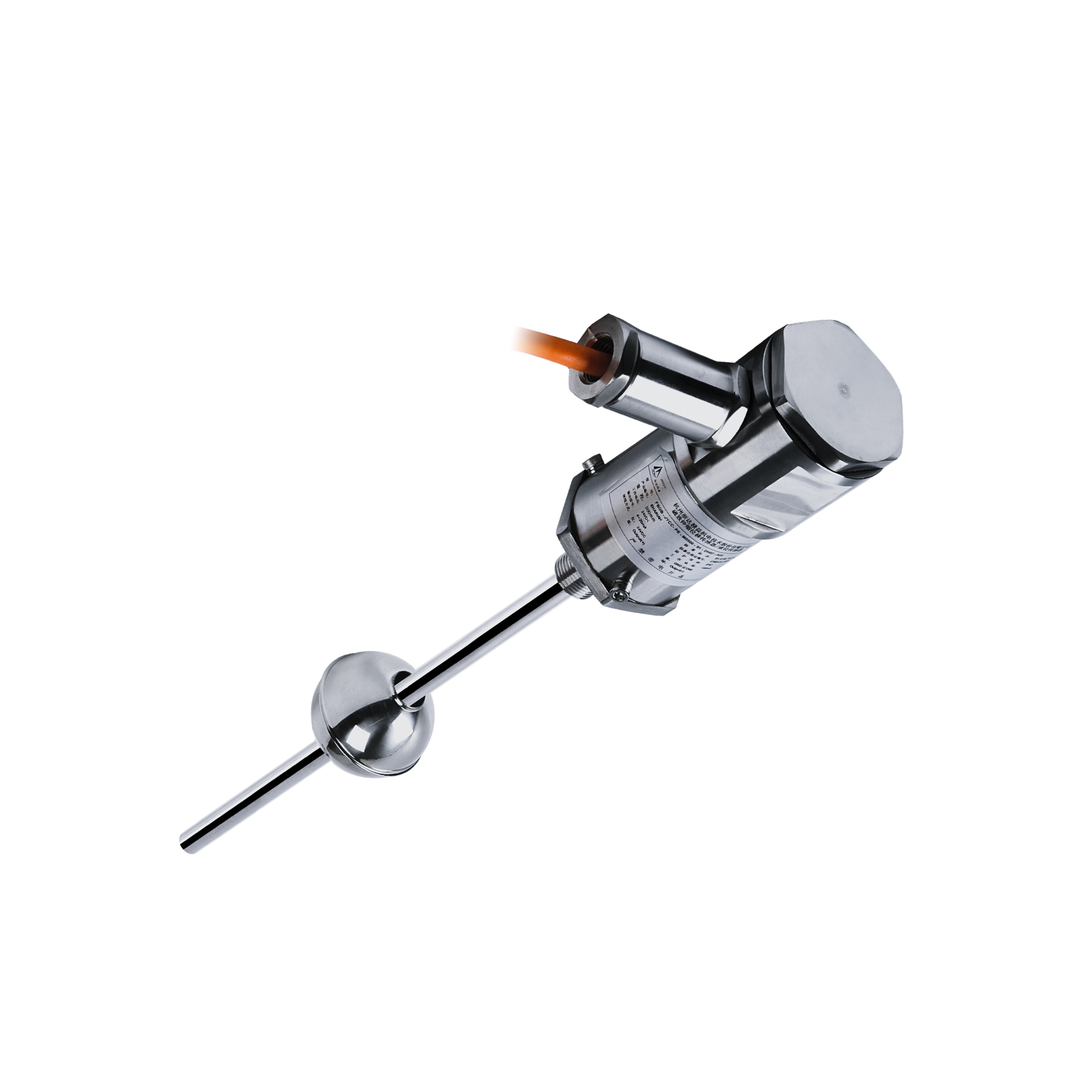
Unique process conditions demand specialized probe features. For hygienic applications in food, pharmaceutical, or biotechnology industries, specify probes with 3-A certification and polished surfaces. Explosive atmospheres require ATEX, IECEx, or other regional hazardous area certifications. Agitated tanks may need stabilizing cages for the float, while high-viscosity liquids might require larger floats or different surface finishes. For applications with coating potential, consider self-cleaning options or special coatings that resist material buildup. If your tank experiences rapid level changes, verify the probe's response time and damping capabilities. Always disclose any unusual operating conditions to your supplier to ensure proper recommendations.
Understanding Certification and Safety Requirements
Compliance with industry standards ensures safe operation and regulatory acceptance. Look for probes with SIL ratings for safety instrumented systems, typically SIL 2 or SIL 3 for critical applications. Pressure equipment directives (PED), CE marking, and CRN certifications may be necessary depending on your location and industry. For international projects, consider probes with global certifications to simplify approval processes. Food and beverage applications require FDA-compliant materials and often 3-A hygiene certification. Marine applications might need specific classification society approvals. Document all required certifications before procurement and verify they match your regional and industry regulatory framework.
Implementing Proper Installation and Maintenance Practices
Correct installation maximizes probe performance and service life. Ensure the mounting connection is properly aligned and torqued to specifications. For guided radar probes in metal tanks, verify proper grounding. During commissioning, calibrate the probe to match your tank dimensions and verify operation throughout the measurement range. Establish a preventive maintenance schedule including periodic verification checks and visual inspections. Many modern probes include diagnostic capabilities that predict maintenance needs - utilize these features to plan downtime proactively. Keep spare seals and gaskets available for scheduled maintenance. Train operations and maintenance personnel on proper handling procedures to prevent damage during service activities.
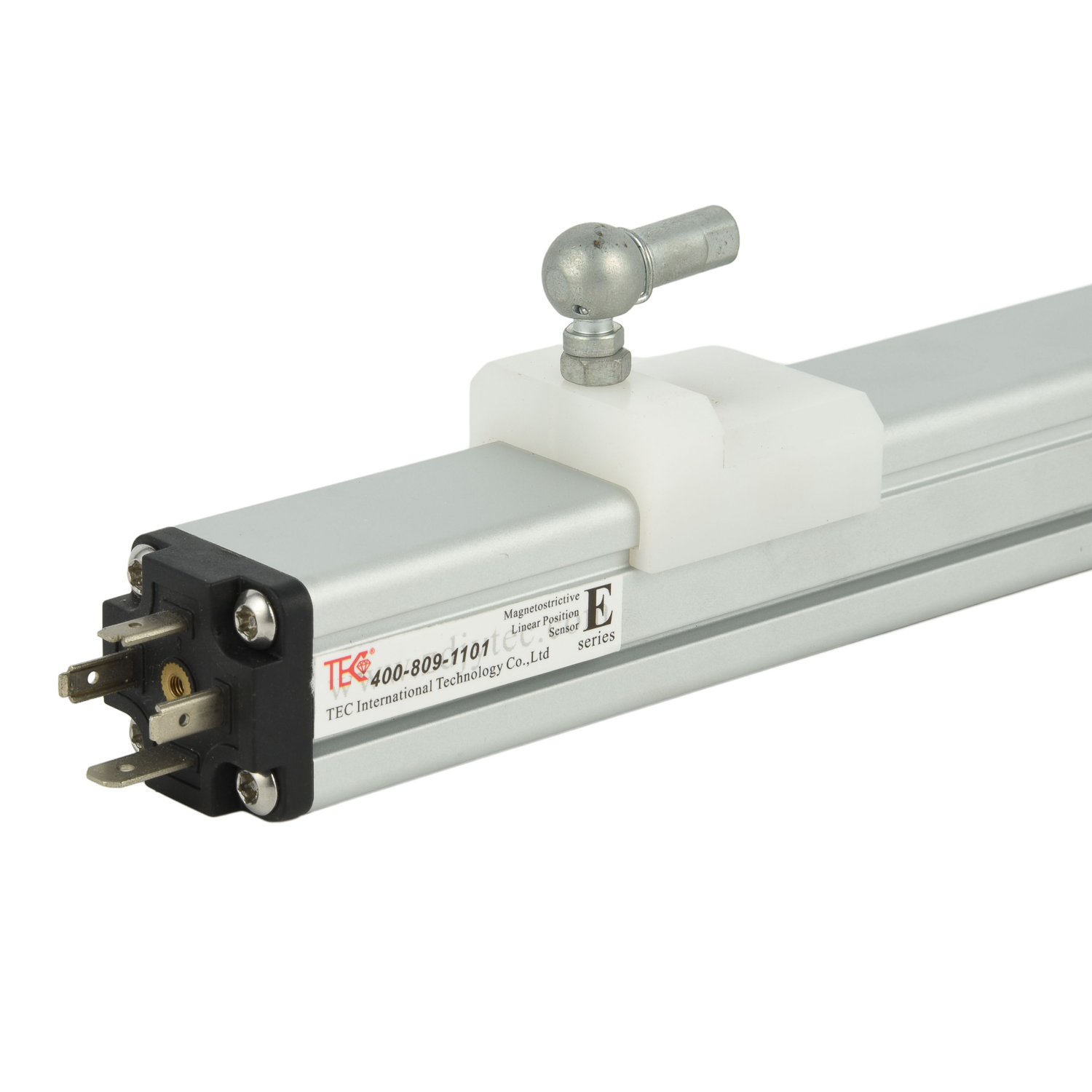
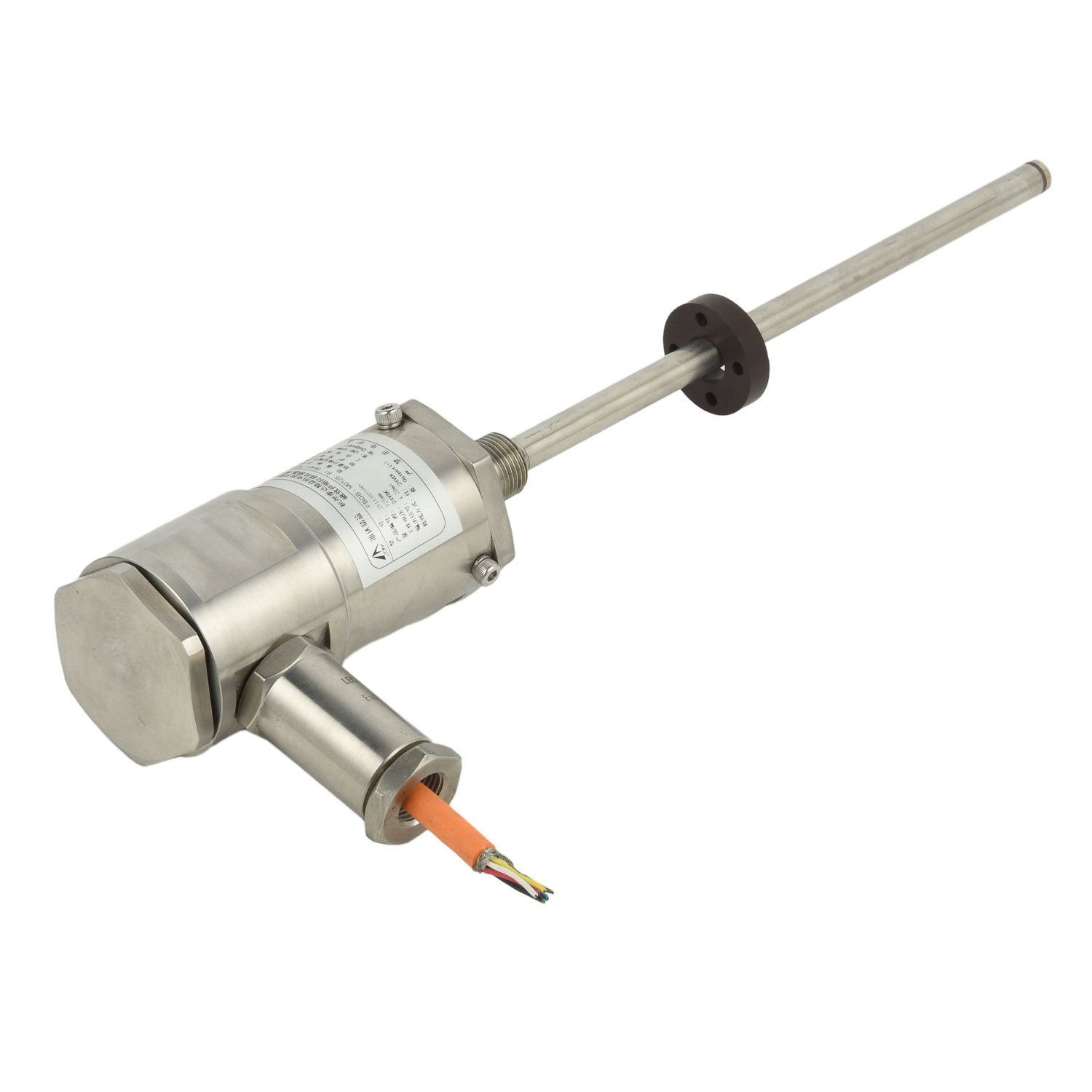 UpgradingYourLevelMeasurementS
UpgradingYourLevelMeasurementS
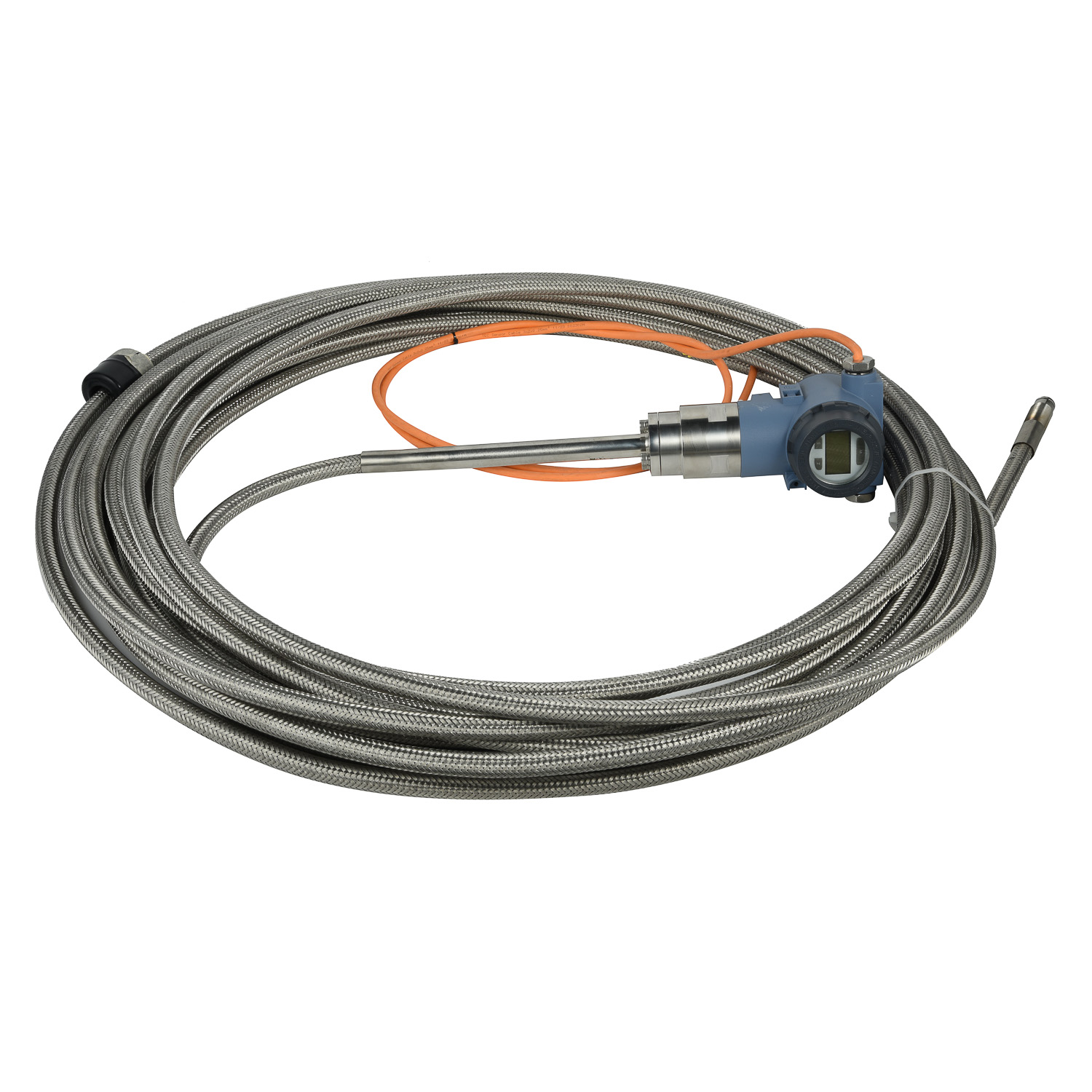 Why are magnetostrictive level
Why are magnetostrictive level
 ComparingMagnetostrictiveandRa
ComparingMagnetostrictiveandRa
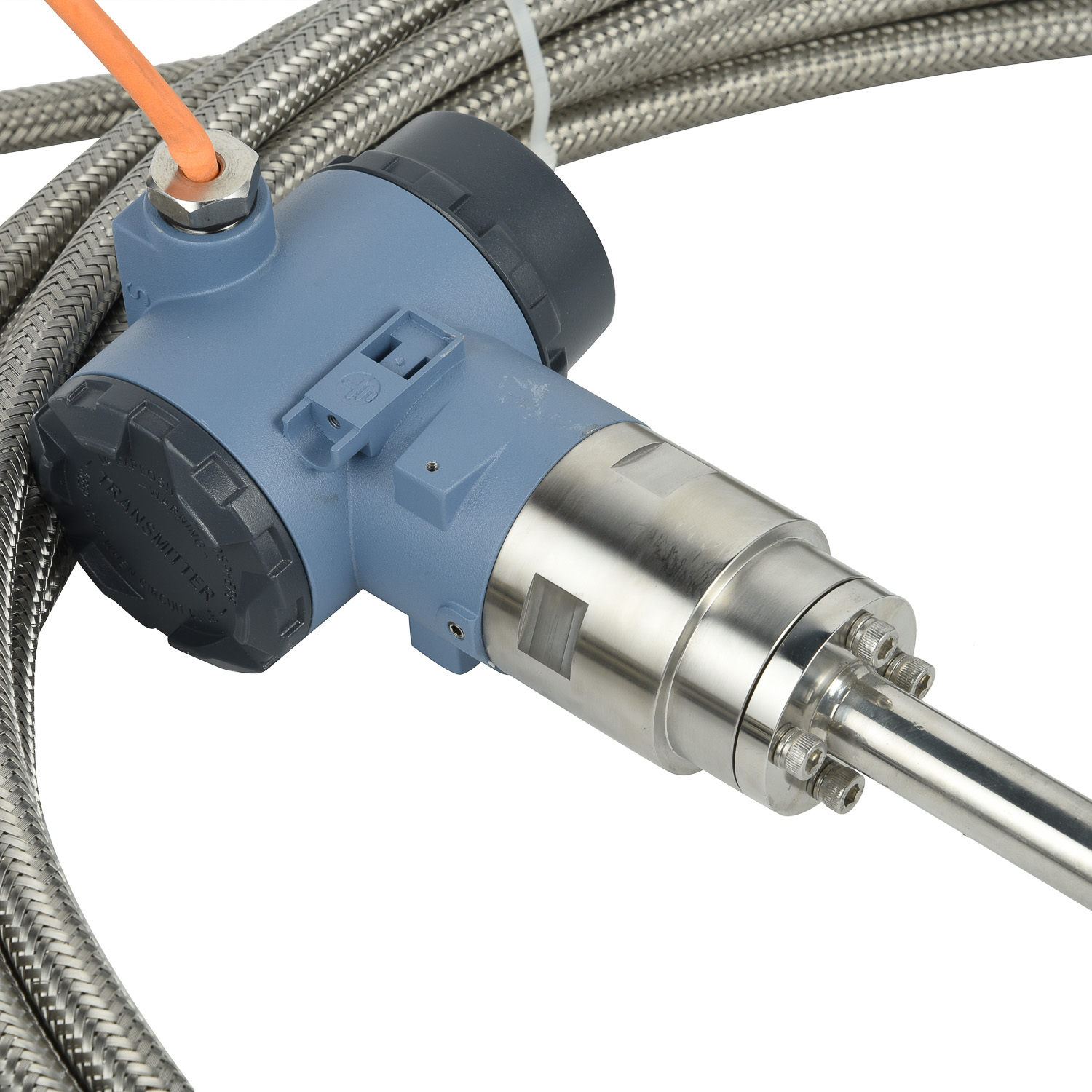 MagnetostrictiveLevelSensorfor
MagnetostrictiveLevelSensorfor
